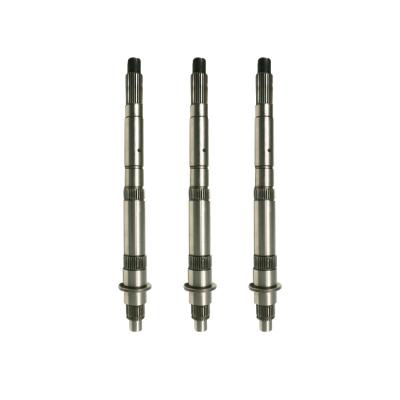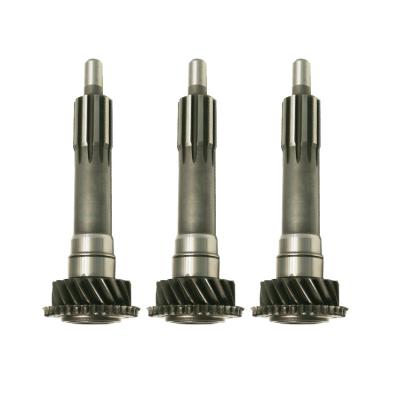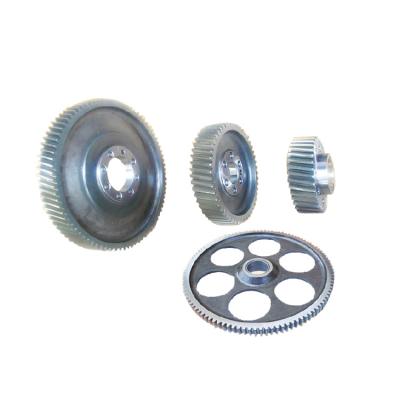Automobile forging manufacturers tell you the process of forgings
What are the forging processes, automotive forging manufacturers will take you to understand. Forgings are objects that shape the required shape or suitable compressive force by plastic deformation. Do this by using a hammer or pressure. After forging, the metal can improve its structure and mechanical properties. Forging can ensure the continuity of the metal fiber structure, so that the fiber structure of the forging is consistent with the shape of the forging, and the metal streamline is complete, which can ensure that the parts have good mechanical properties. Long service life.
Forging is a machining process. A forging is an object to which a metal is subjected to pressure to shape the desired shape or suitable compressive force through plastic deformation. This force is typically achieved through the use of a hammer or pressure. The forging process builds a refined grain structure and improves the physical properties of the metal. In real-world use of the component, a proper design enables particle flow in the direction of the main pressure.
Generally speaking, the production of small batch forgings is completed by die forging process, and the commonly used equipment is hot die forging press. The forging die structure of die forging includes single-die Hall forging die and multi-die hole forging die. The single die hole is generally the final forging die hole. The dovetail groove and the wedge are used to fix the forging die, and the final forging die hole is formed at one time with multiple hammers, which reduces unnecessary processes and shortens the time.
In general, die forging can be performed on a variety of equipment. As long as the forging die is accurately positioned through the cooperation of the key and the keyway, and then the heated blank is put into the fixed forging die on the forging die equipment, the required die forging can be effectively produced. In contrast, free casting is mainly used to produce products with simple cast shapes. The first step in the quality inspection of die forgings is the inspection of their chemical composition. Although the chemical composition of general forgings is not checked, the chemical composition is sampled and analyzed in front of the furnace during smelting, but for important or suspicious forgings, some fragments can be cut from the forgings, and the chemical composition can be checked by chemical analysis or spectral analysis.





